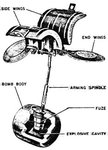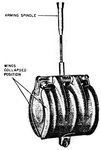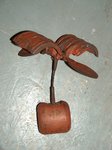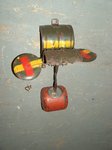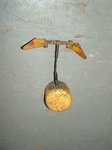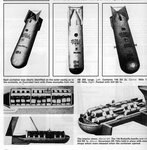Erich
the old Sage
anyone downloaded a TM from the US army covering the LW Butterfly bomb ? curious how many carried in an AB 250 and how they were carried within.
anyone have any specs and schematics available ?
E ~
anyone have any specs and schematics available ?
E ~

